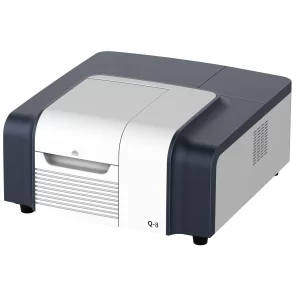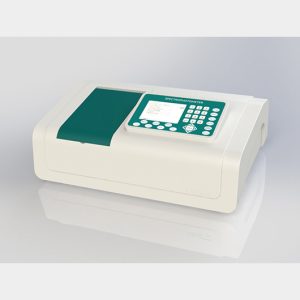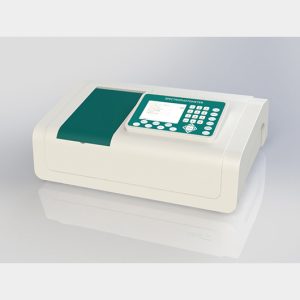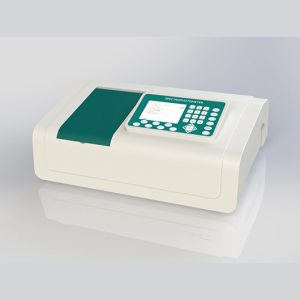Double Beam Spectrophotometer
Compares sample and reference beams in real-time for reliable and consistent results.
Filter HINOTEK Double Beam Spectrophotometer:
Split Beam vs. Double Beam Spectrophotometers: Key Differences for Precision Analysis
Understanding Split Beam vs. Double Beam Spectrophotometers
Understanding the distinction between split beam and double beam spectrophotometers is critical for selecting the right instrument for your lab. Below, we break down their technical specifications, performance metrics, and ideal applications to guide your decision.
Core Differences at a Glance:
The following table:
| Feature | Split Beam Spectrophotometer | Double Beam Spectrophotometer |
|---|---|---|
| Optical Design | Single beam split into time-sequenced sample/reference paths | Dual parallel beams (sample + reference) |
| Detector Setup | 1 detector with alternating signal capture | 2 detectors or 1 detector with synchronized dual-path input |
| Dynamic Compensation | Moderate (compensates short-term fluctuations) | High-frequency real-time correction (<1ms response) |
| Accuracy Range | ±0.3% – 0.5%Abs | ±0.1% – 0.2%Abs |
| Best For | Routine QC, educational labs | Pharma R&D, kinetic studies, high-precision analysis |
Performance & Applications:
1. Noise Resistance
- Split Beam: Alternates between sample and reference paths (5-10 cycles/sec), suitable for stable environments.
- Double Beam: Simultaneous dual-path measurement eliminates lamp flicker and ambient noise, ideal for time-resolved spectroscopy (e.g., enzyme kinetics).
2. Cost Efficiency
- Split beam systems are 20-30% more affordable (e.g., 12k vs. 18k for high-end double beam models).
(Note: The example “12kvs.12k vs. 12kvs.18k” in the source document might contain a typo. Interpreted as comparing a general price point of split beam vs. high-end double beam.)
3. Maintenance
- Double beam requires annual optical alignment; split beam simplifies upkeep.
Which Should You Choose?
Opt for Double Beam if you need:
- Sub-ppm detection limits (e.g., trace metal analysis)
- Long-term stability for continuous monitoring (>12 hours)
- Compliance with pharmacopeia standards (e.g., USP <857>)
Choose Split Beam for:
- Routine testing (water quality, educational labs)
- Budget-conscious workflows with stable conditions (±2°C temp control)








